Seeing a wild predator in your backyard can send your heart racing, especially when you live in Phoenix. You’re sharing space with desert wildlife that includes one of nature’s most adaptable hunters: the bobcat. While these encounters might feel alarming, understanding how to respond can transform a potentially dangerous situation into a manageable one.
Bobcat sightings aren’t uncommon in Phoenix and Tucson suburban areas, particularly near desert washes, golf courses, and mountain preserves. Your property might offer exactly what these wild cats seek: food sources, water, and quiet shelter. Let’s explore exactly what you need to do when a bobcat decides to visit your backyard.
Stay Calm and Don’t Approach the Bobcat

Your first and most important step is to remain calm and avoid approaching the bobcat. Panic leads to poor decisions that could escalate the situation unnecessarily.
Immediately bring pets and children indoors and give the animal space to leave on its own. Bobcats are not typically aggressive, and in most cases, they’ll move along once they realize the area isn’t safe or quiet enough for them. Most backyard visits are simply animals passing through while hunting or searching for water.
Never turn your back on a bobcat or run, which may invite the cat to chase or attack you. Instead, back away slowly and deliberately. Running triggers their natural predator instincts, potentially turning a peaceful encounter into something more dangerous.
Make Yourself Appear Larger and More Intimidating
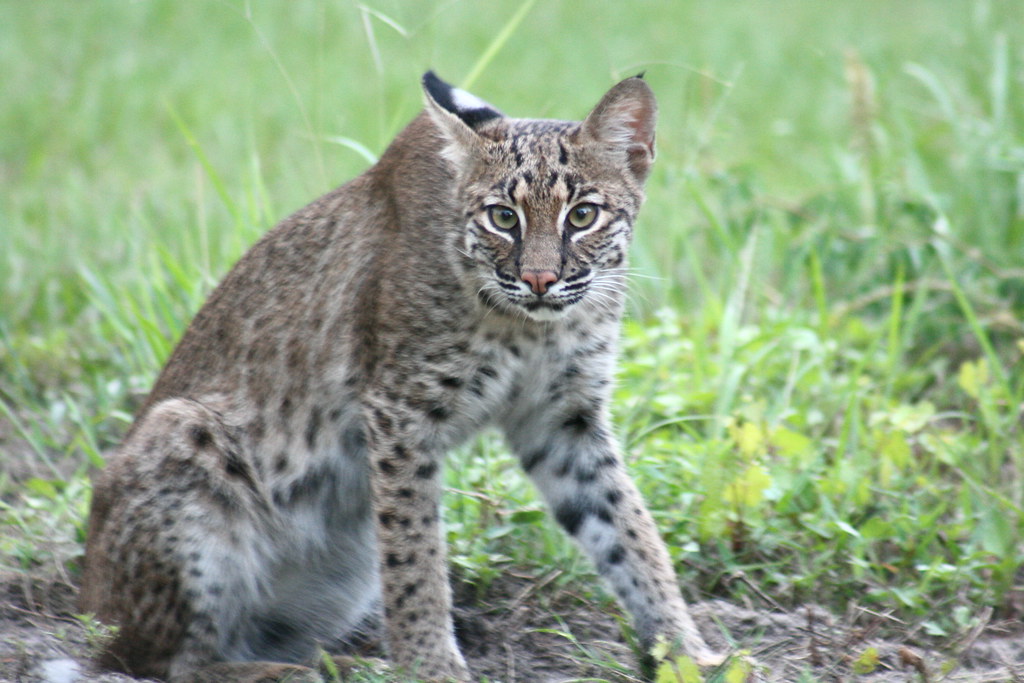
If the bobcat doesn’t immediately leave your property, you need to send a clear message that you’re not prey. Stand tall, raise your arms, and maintain eye contact to make yourself appear larger.
Loud noises, clapping, or shouting can also help encourage it to move on. Use loud noises and arm movements to distract and scare away the animal. Think of it as asserting your dominance over your territory without being aggressive.
Never try to corner, chase, or physically confront a bobcat, as this could cause it to act defensively. Your goal is encouraging departure, not creating a confrontation that could result in injury.
Use Water and Sound Deterrents

Scare the bobcat off with loud noises or spray with a garden hose. Water works particularly well because like most other cats, they do not like water.
A quick spray from a water hose will make a bobcat think twice about hanging around. Loud noises, spraying them with water, that usually can do the trick of they’re not going to want to come around, according to Arizona Game and Fish Department recommendations.
Airhorns, banging pots, or even clapping loudly can send a bobcat running. These immediate deterrents create an uncomfortable environment that encourages the animal to seek quieter territory elsewhere.
Secure Your Pets and Small Animals Immediately

If you have a small pet, pick it up to make the pet appear larger. Small dogs and cats are vulnerable to bobcat attacks, particularly during dawn and dusk hours when these predators are most active.
Small pets need to be protected from bobcats and other predators. Keep small pets indoors, in an enclosed area with a roof, or on a leash when outside. Unfortunately, bobcats can eat domestic cats as they are opportunistic hunters.
Bobcats pose a threat to small pets and livestock such as chickens, rabbits, or small dogs and cats, especially if these animals are left outside unattended. Creating secure enclosures with sturdy roofs provides essential protection for vulnerable animals on your property.
Know When to Give Bobcat Families Space
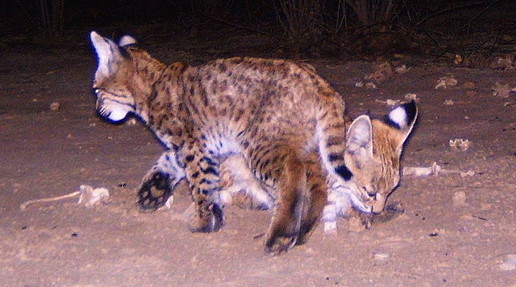
Check for kittens in the area, and if kittens are there, then consider tolerating them for a few weeks until the kittens are large enough to leave the area with their mother. Mother bobcats with young require different handling than solitary adults.
Game and Fish asks people with a bobcat family with kittens in their yard to try and tolerate it for a few weeks until the kittens are large enough to leave the area with their mother. This patience prevents separating families and reduces aggressive protective behavior from mother bobcats.
Bobcats are ferociously territorial, especially mothers protecting their young. Most kittens are born from April-July and mothers are known to have multiple dens in several locations. Understanding this reproductive cycle helps you respond appropriately during sensitive periods.
Remove Attractants from Your Property
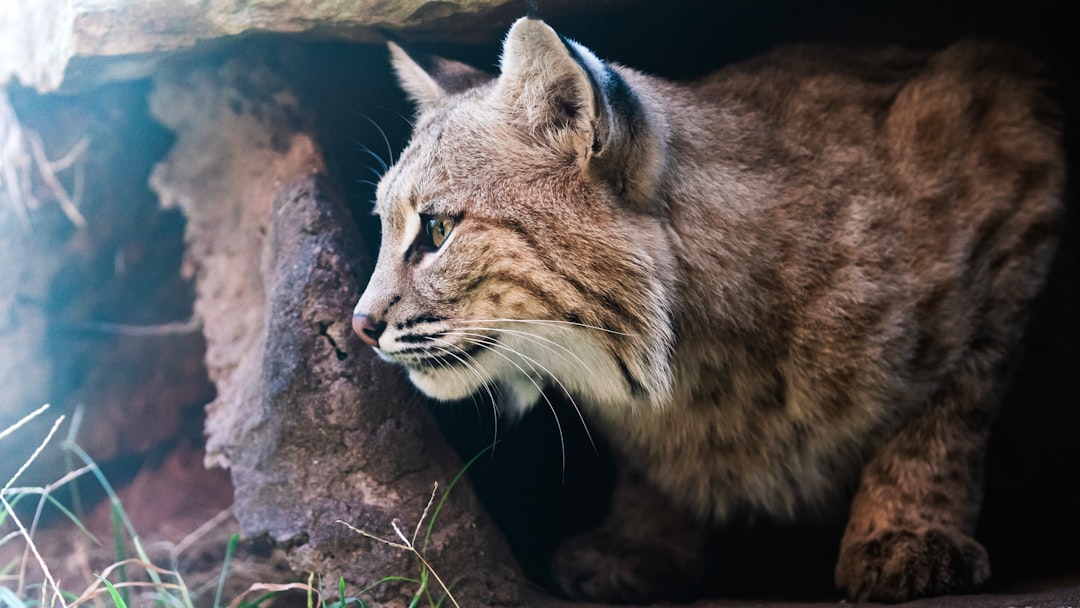
Keeping bobcats away from your property requires reducing the reasons they might visit. Start by securing outdoor food sources, such as pet food bowls, open trash cans, or bird feeders that attract smaller prey.
Feed your pets inside, or remove uneaten pet food between feedings. Avoid leaving pet food outside, as it can attract bobcats and other wildlife. Even small amounts of accessible food can draw these opportunistic predators to your yard repeatedly.
Clear away brush by eliminating potential hiding spots by trimming back vegetation and removing debris around your property. This will make it less attractive to bobcats and other wildlife seeking shelter. Dense vegetation and cluttered areas provide perfect cover for stalking prey.
Install Proper Barriers and Deterrent Systems

One of the most effective ways to prevent bobcats from entering your property is by installing proper fencing using sturdy materials, such as chain-link or welded wire mesh, that can withstand a bobcat’s weight and climbing abilities.
Since bobcats can jump up to 10 feet high, a 6-foot fence may not deter them if they are attracted to something in the yard. Installing taller fences, ideally six feet or higher, and adding outward-angled extensions at the top can help prevent them from scaling over.
Install motion-sensor lights around your property to startle and scare away bobcats when they approach. Use ultrasonic repellers that emit high-frequency sounds, which can be uncomfortable for bobcats. These automated systems provide round-the-clock protection without requiring your constant vigilance.
Contact Professionals When Necessary
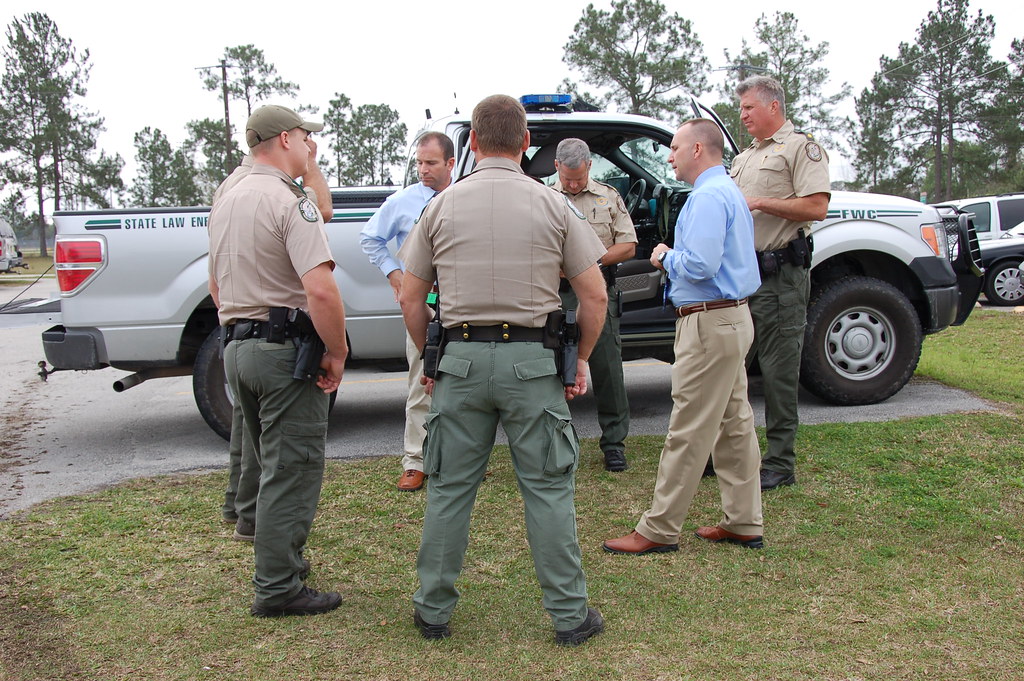
If you see any animal with symptoms of rabies, stay away from it and call 911, your closest Arizona Game and Fish Department office, or a wildlife control business immediately. Rabies symptoms can include foaming at the mouth, erratic, hyperactive behavior, and/or fearful, paralyzed and lethargic behavior.
If the bobcat appears sick, injured, or unusually aggressive, contacting wildlife control ensures the animal is handled safely. Likewise, if it refuses to leave your property despite deterrents, expert intervention is the safest choice.
Call your local Arizona Game and Fish Department office, 8 a.m. to 5 p.m., Monday – Friday excluding holidays. Professional intervention becomes necessary when bobcats show unusual behavior, establish dens on your property, or pose ongoing threats to pets and family safety.
Conclusion
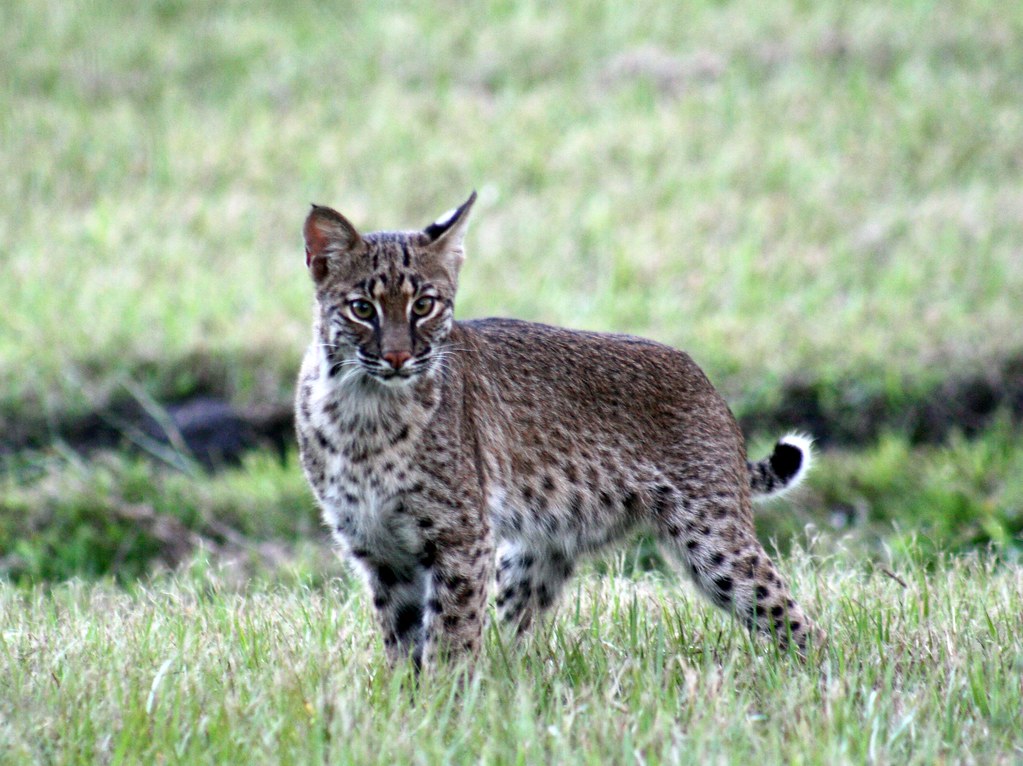
Living in Phoenix means sharing space with remarkable desert wildlife, including the adaptable bobcat. While encounters can feel intimidating, remember that bobcats are not considered a threat to human safety except in rare cases when they have rabies or are extremely aggressive. Most situations resolve peacefully when you respond calmly and appropriately.
Your best defense combines immediate response techniques with long-term prevention strategies. Stay calm, secure your pets, use deterrents effectively, and remove attractants that draw these predators to your property. When professional help becomes necessary, don’t hesitate to contact Arizona Game and Fish or licensed wildlife removal services.
What would you do if you spotted a bobcat in your backyard tomorrow? Share your thoughts and experiences in the comments below.






